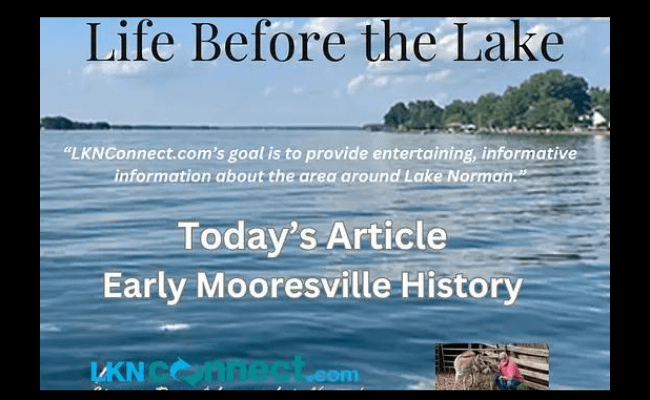Lake Norman, the largest man-made body of fresh water in North Carolina, has a fascinating history. Let’s dive into some intriguing facts:
Beneath the tranquil waters of Lake Norman lie the remnants of entire towns. The Long Island Cotton Mill and its associated village, built in the late 1800s, now rest at the lake bottom. These ruins serve as a silent testament to the past.

The town of Cornelius was originally known as “Liverpool”. However, disputes over an official cotton weigher and road washouts led cotton growers to relocate south of Davidson town limits. In 1893, “Liverpool” was born. Later, in 1905, the town was officially incorporated as “Cornelius” in honor of Joseph Cornelius, a key supporter of their first cotton mill.

The town of Davidson owes its name to General William Lee Davidson. Founded in 1837, Davidson College chose to honor his late father, who fell during the Battle of Cowan’s Ford in 1781.

Originally called “Craighead”, the town of Huntersville underwent a transformation. In 1873, it was renamed after a prominent landowner and cotton farmer, Robert Boston Hunter.

On May 20, 1775, a local committee led by Thomas Polk signed the Mecklenburg Declaration of Independence at Alexandriana (in Huntersville). Although its existence has been debated, the document boldly claimed independence from England, preserving the patriotic spirit of Mecklenburg residents.

As mentioned, LKNConnect.com aims to report the history of “Life Before The Lake.” We will be researching the past of the towns around the lake and would like to hear from you about your family’s history of the area.
I have lived in Huntersville my entire life. We actually trace my family’s history back for eight generations. When folks hear this, they ask, “What was life like before the lake?” That question inspired me to research the history of the area. This new feature is the result of those questions. I plan to write many articles about “Life Before The Lake” and post them on www.Lknconnect.com’s website.
Information for this article came from several sources. One was Chuck McShane’s book A History of Lake Norman, published by The History Press, Charleston, SC 29403, Copyright, 2014. The other source was from Cindy Jacobs’ book, Images of America, Around Lake Norman, published by Arcada Publishing, Charleston, SC Copywrite, 2008
Photos were Courtesy of Duke Power
Follow LKNConnect.com for future short articles from these books, or they can be ordered from your favorite online bookstore.
